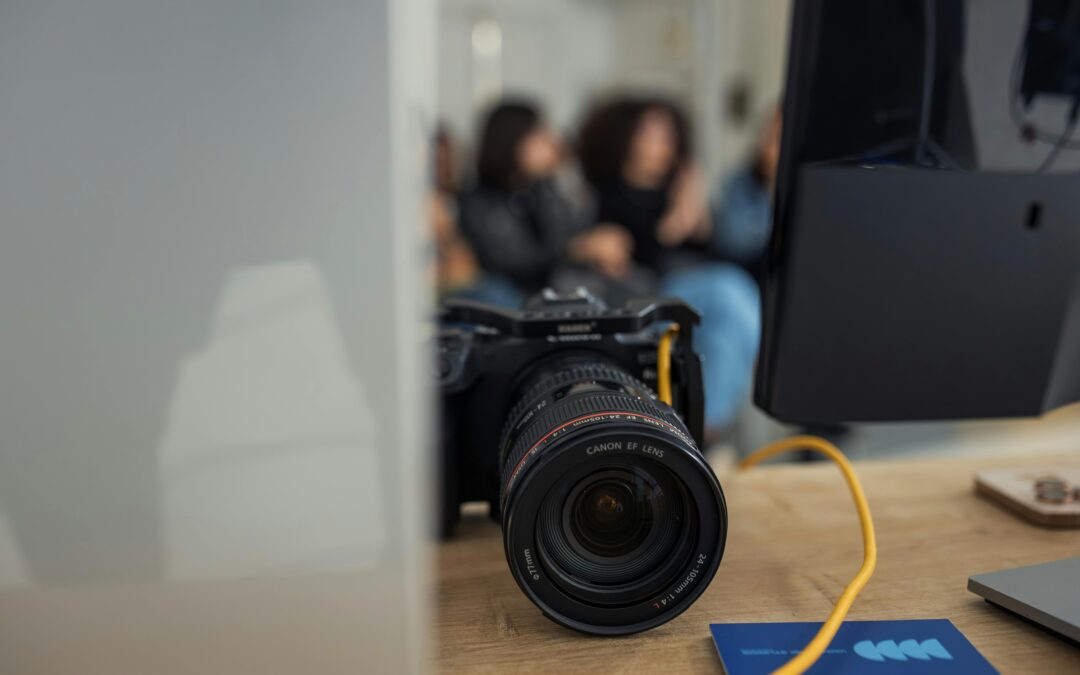Cameras have come a long way from the bulky boxes with glass plates used in the 19th century. Today, thanks to the rapid development of electronics, photography has transformed into a dynamic and accessible art form that fits into our pockets. Whether you’re a hobbyist capturing weekend adventures or a professional creating breathtaking visual stories, understanding the electronics behind cameras and photography can give you a deeper appreciation for the technology you use—and even help you make better choices when buying your next device.
In this article, we’ll explore how electronics have shaped the world of cameras, why it matters for both casual users and professionals, and what to watch for in the future of photography.
How Electronics Changed the Face of Photography
At its core, photography is about capturing light. Traditional film cameras relied on chemicals and physical processes to record that light. But with the rise of digital electronics, everything changed.
- Image Sensors: One of the most significant innovations in camera electronics is the image sensor. Sensors like CCD (Charge-Coupled Device) and CMOS (Complementary Metal-Oxide-Semiconductor) transformed cameras into digital powerhouses. These tiny, intricate chips convert light into electrical signals, which are then processed into the images you see on your screen.
- Processors and Algorithms: The sensor captures data, but without advanced processors, modern photography wouldn’t exist. Electronic processors handle everything from reducing noise in low-light photos to adjusting colors and sharpness. In smartphones, powerful processors even enable features like portrait mode, night photography, and AI-based scene detection.
- Memory and Storage: Electronics also revolutionized storage. Instead of physical film rolls, digital cameras use SD cards and internal memory, making it possible to store thousands of images instantly and access them at any time.
- Display Technology: LCD and OLED screens built into cameras and phones allow photographers to see, edit, and share images in real time—a concept that was unthinkable in the age of film.
In short, electronics didn’t just improve photography—they made it faster, more flexible, and more creative than ever.
Why This Matters for Today’s Photographers
Understanding the electronics behind your camera isn’t just for tech enthusiasts—it can actually make you a better photographer.
- Better Buying Decisions: Knowing the difference between a CMOS sensor and a CCD sensor, or recognizing the role of image processors, can help you decide whether a smartphone, mirrorless camera, or DSLR fits your needs best.
- Maximizing Performance: By learning how your device’s electronics work, you can make smarter choices about lighting, settings, and shooting conditions. For example, understanding ISO and how sensors handle noise can help you capture sharper low-light shots.
- Future-Proofing Your Gear: As electronics continue to evolve, new features like computational photography and AI-enhanced editing will become standard. Knowing the direction of these advancements can help you invest in technology that will stay relevant longer.
The Rise of Smart and Connected Photography
One of the most exciting developments in modern photography is the integration of connectivity and smart features, all driven by advanced electronics.
- Wi-Fi and Bluetooth Integration: Cameras can now connect wirelessly to your phone or computer, making file transfer seamless. For content creators, this means faster turnaround times and easier sharing on social media.
- AI and Computational Photography: Your smartphone camera uses artificial intelligence, powered by complex electronic circuits, to enhance photos in ways traditional cameras never could. Think about HDR (High Dynamic Range), background blurring, and real-time adjustments—these are all electronic feats.
- Automation and Ease of Use: Many cameras today can automatically detect scenes and subjects, adjusting settings for optimal results. This electronic sophistication makes photography accessible even for beginners.
Electronics and the Future of Photography
The evolution of electronics in cameras is far from over. Here are a few trends shaping the next chapter:
- Smaller but Smarter Sensors: Expect sensors to get more efficient, allowing higher-quality images even in compact devices.
- AI-Driven Photography: Artificial intelligence will continue to enhance editing and real-time shooting, giving photographers creative tools once reserved for professionals.
- Augmented Reality (AR) and Mixed Media: Cameras may soon integrate AR features, blending digital elements with real-world photography in real time.
- Sustainability in Electronics: With growing awareness of environmental impact, manufacturers are working on energy-efficient sensors and eco-friendly materials.
For anyone passionate about cameras and photography, staying informed about these changes isn’t just interesting—it’s essential for keeping up with how the craft is evolving.
Key Takeaways
Electronics are the silent powerhouse behind every modern photograph. From sensors and processors to AI-driven features and wireless connectivity, they have revolutionized how we capture, store, and share our memories. For photographers, whether casual or professional, understanding these electronic foundations can improve not only your photography skills but also the way you approach investing in new gear.
Let’s Talk
What excites you most about the future of photography—smarter AI, improved image sensors, or the convenience of connected devices? I’d love to hear your thoughts. Share your perspective in the comments or join the discussion on our social channels.
If you’re looking to explore the latest in electronics, including cameras and photography gear, check out our curated collection at Gadgets Domain.

